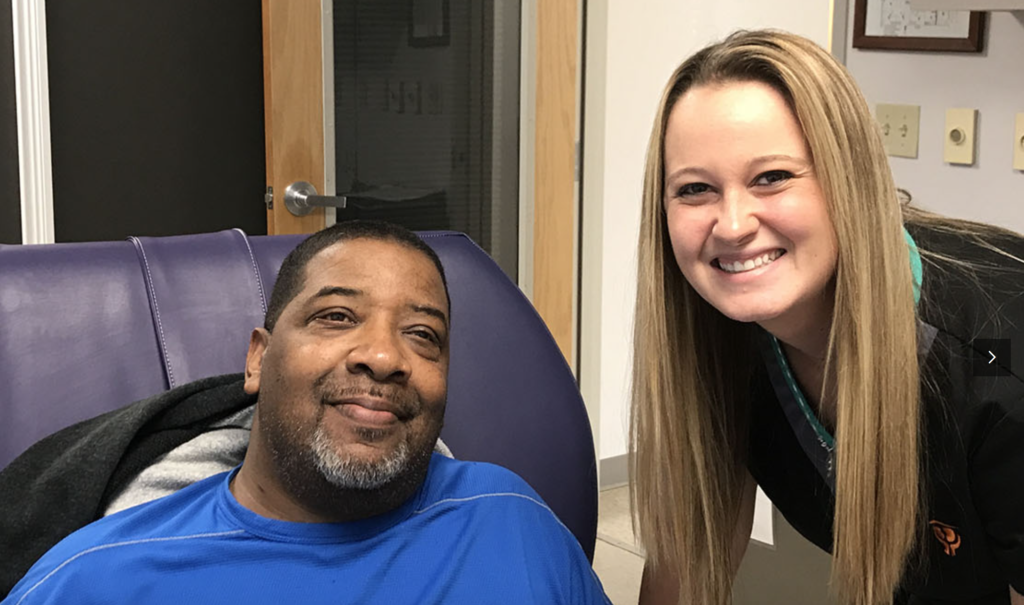Nov
Home dialysis terms you should know

Starting your home dialysis journey can be exciting and overwhelming. There’s a lot to learn in the beginning, but your Cincinnati Home Dialysis care team will guide you every step of the way to become confident and independent in administering your treatments. Here are a few terms you’ll hear your care team use frequently during your training.
Cannulation
Cannulation refers to the process of delivering or removing bodily fluids. Whereas a nurse typically inserts two needles during in-center dialysis, home dialysis patients or their care partners are responsible for inserting needles to perform their treatments. There are several methods of self-cannulation for home dialysis patients, including the buttonhole technique and the rope ladder technique.
Care partner
A care partner is someone who participates in home dialysis training along with the kidney patient to assist them during treatment. This person might be a trusted family member or friend, or a professional caregiver.
Dialysate
Dialysate is a solution of purified water and chemicals that is used to remove waste products and excess fluid from the blood during dialysis treatments.
Home dialysis
Home dialysis is performed at home rather than in a dialysis center. There are several types of home dialysis, including peritoneal dialysis (PD) and home hemodialysis (HHD), that can be performed on a variety of schedules. Home dialysis gives many kidney patients more freedom and control over their lifestyle. Your care team can help you determine which home dialysis option is right for you. For more information about the different types of home dialysis, visit our treatment options page.
Vascular access
A vascular access is created by a surgeon to reach the blood for home dialysis treatments. Though veins are close to the skin and easy to reach with needles, they don’t have as much blood flow as arteries. A vascular access connects a vein with an artery so blood can be cleaned through dialysis. There are two types of vascular access, fistulas and grafts, that can be created in either an arm or leg.
Always ask your Cincinnati Home Dialysis care team for clarification if there’s a term or process you’re unsure about – we’re here to support you in your transition to home dialysis.
